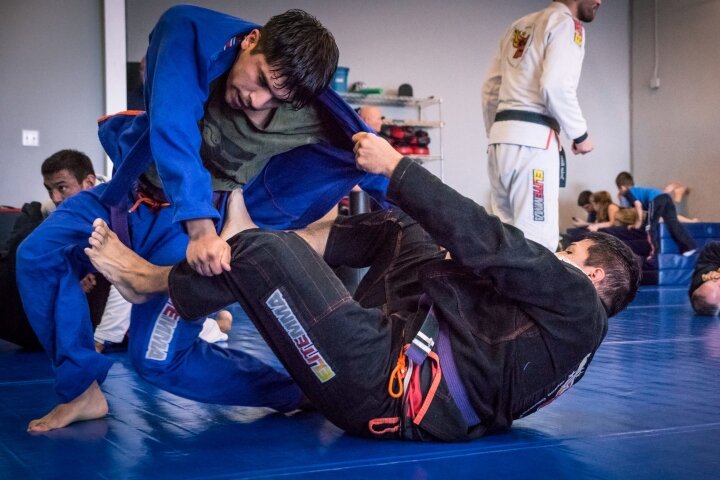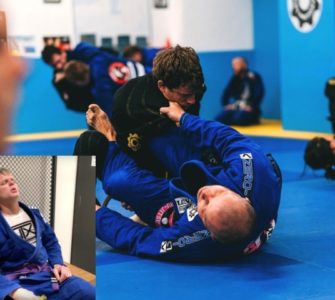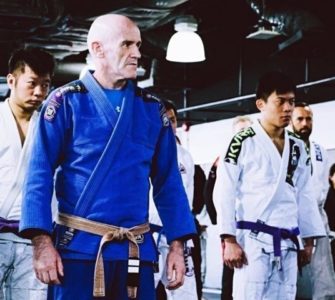It would be wonderful if everything worked out on your very first attempt in BJJ, wouldn’t it? If the very first technique, the very first submission went your way. That would be awesome!
Sadly (or luckily) enough, Jiu-Jitsu success doesn’t come through a “straight line” approach. Brian Glick, a John Danaher black belt, explains why this is the case:
Where you start vs. where you end: in Jiu-Jitsu, sometimes the shortest route isn’t a straight line.
Your partner’s job is to resist your efforts, which means you’ll rarely be able to get where you’re going in one straight shot. Instead, you have to prepare to CHANGE and ADJUST depending on what’s in front of you.
This means that, instead of moving in a straight line of offense or defense, you’ll need to be ready to adapt to your training partner’s actions:
So, even though you may fully intend to attack one leg, you’ll need to be ready to switch as circumstances demand.
It could mean changing your grip – but it could also mean changing your angle, moving to the other leg, climbing to the back or transitioning to another submission system entirely.The less reliant you become on moving in straight lines, the more opportunities you’ll find for both submissions and defenses.
View this post on Instagram

















